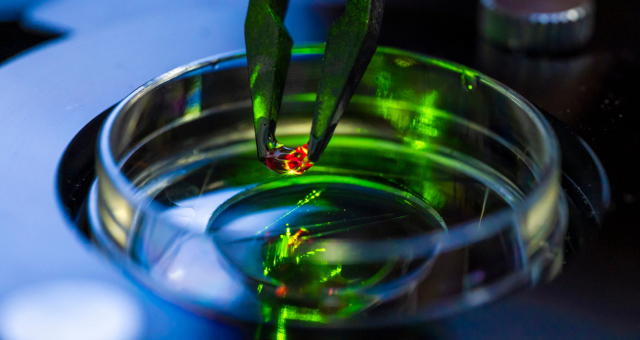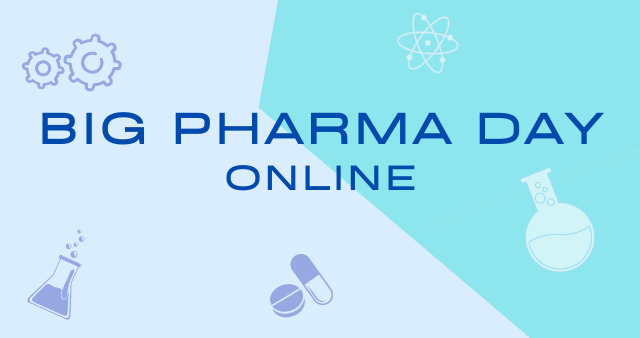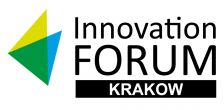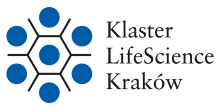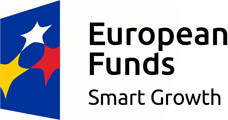
The subject of the offer is a new method of an asymmetric reduction of prochiral ketones and imines used in the synthesis of commonly used medicines, e.g. hormonal (eg. Cincalcet), pulmonary (eg. Salbutamol) and neurological ones (eg. Rasagiline).
The basis of the synthetic path of obtaining various drugs in the pharmaceutical industry is the synthesis of optically-pure active compounds. The spatial structure of molecules plays a key in their biological, pharmacological and efficacy properties. It is known that each of the enantiomers (the compounds featuring an identical summary formula, but with structures that are mirror reflection each other) may exhibit diametrically different properties (even at the level of safety for the patient's health). However, many of the procedures used to synthesize enantiomeric compounds do not provide to achieve a sufficient concentration of the desired stereoisomer.
The solution of the issues related to the synthesis of optically pure compounds for the needs of the pharmaceutical market is the asymmetric reduction of prochiral ketones and imines, developed by the scientists from the Faculty of Chemistry at the Jagiellonian University. This method involves the reduction of prochiral imines and ketones towards chiral primary amines and alcohols in the presence of a suitable hydrogen carrier. The process catalyst is an in-situ complex of zinc acetate with optically pure ligands. The use of the proposed method leads to obtaining optically pure compounds with a predetermined amine or alcohol enantiomer with high yields and sufficient selectivities.
The vital advantages of the technology:
- no need to use a solvent;
- limited amount of catalyst from 5 mol% to 0.05-0.3 mol%;
- reduced reaction duration;
- traces of impurities in the reaction mixture;
- application of a more stable and less toxic zinc acetate Zn(OAc)2. Instead of dangerous organometallic zinc compounds (np. Et2Zn - diethyl zinc).
The offered solution is a subject by patent protection. The development of the invention was conducted by the scientific staff of the Faculty of Chemistry of the Jagiellonian University. Currently, the Centre for Technology Transfer CITTRU is looking for entities interested in licensing and application of the technology described above.
information / broker of Jagiellonian University


